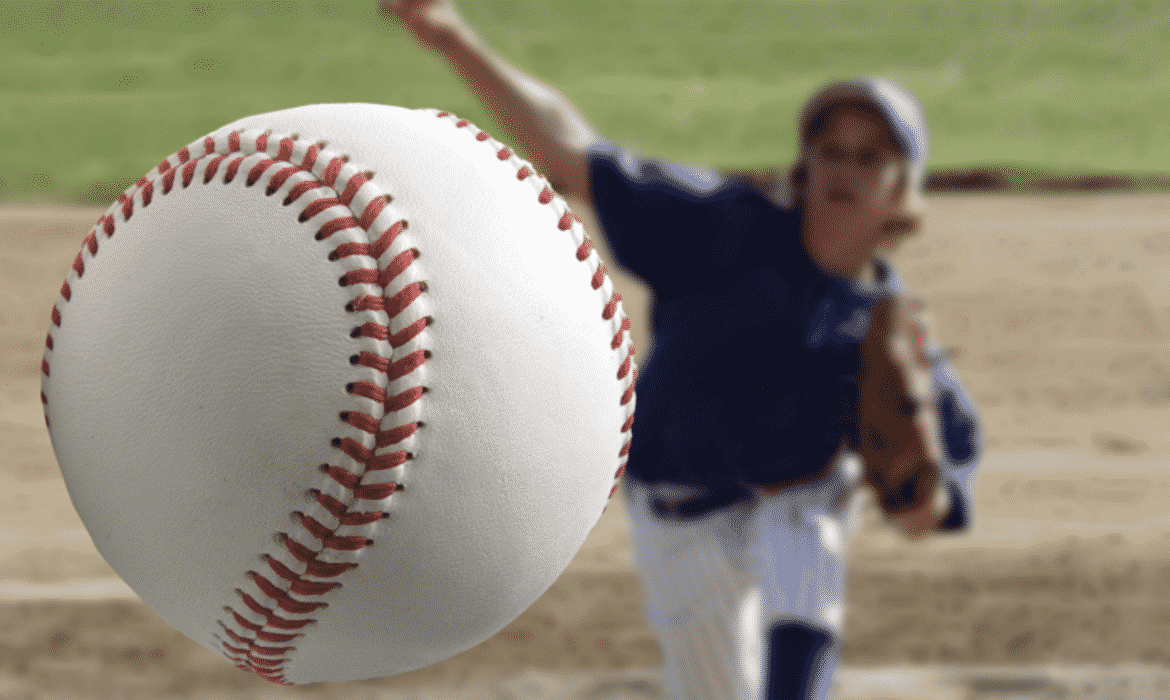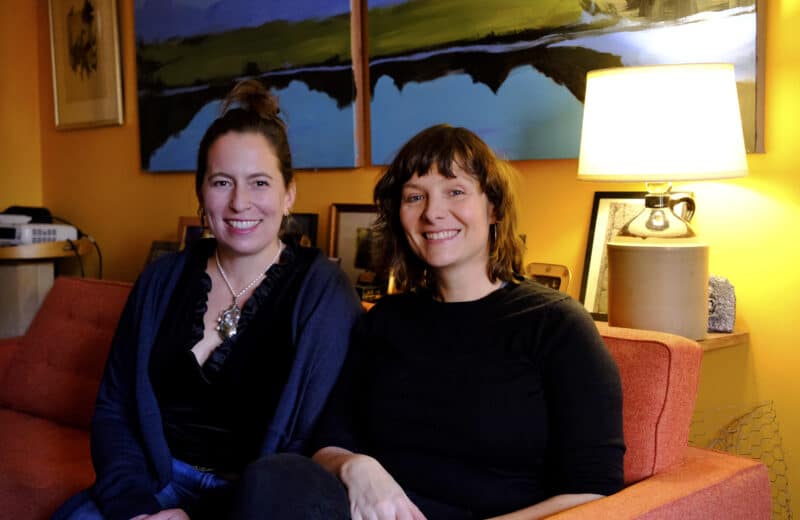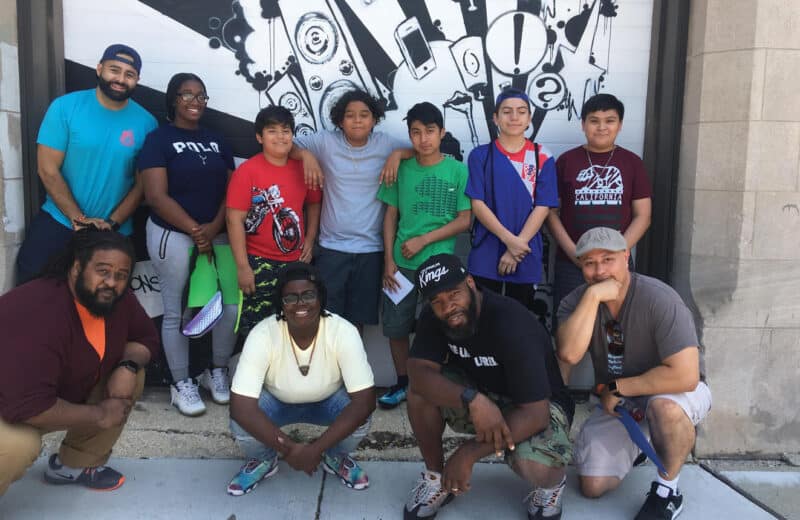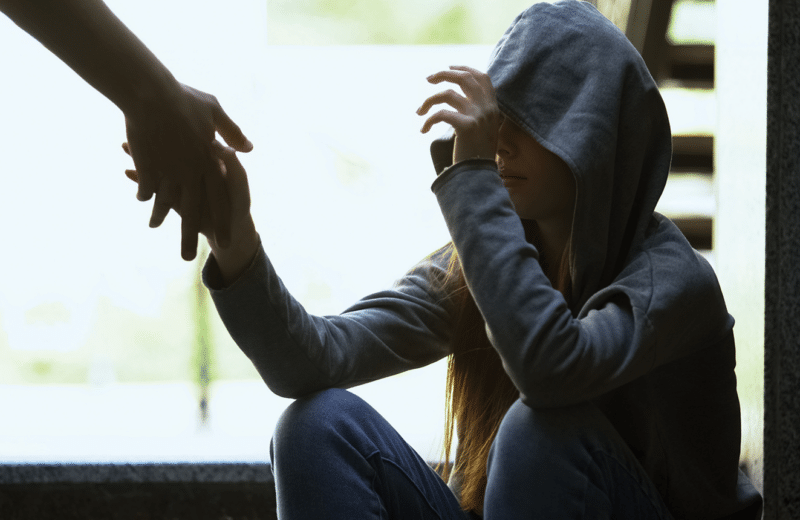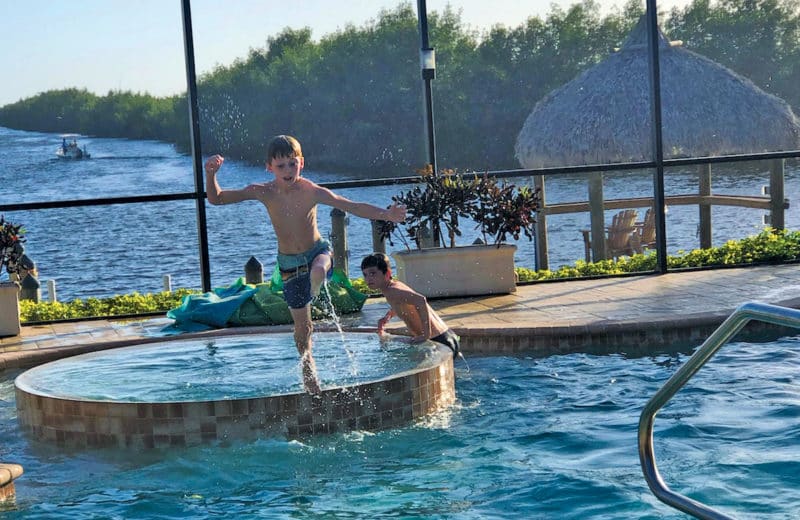By specializing in a single sport year-round, young athletes
are at risk for injury
By Eve Becker
The three-sport athlete—someone who played soccer in fall, basketball in winter and baseball in spring—used to be the star of youth sports. But with the proliferation of club sports and the push for sports specialization at an early age, more kids are playing a single sport year-round, leading to a rash of overuse injuries.
“We see overuse injuries in youth sports all day long. It’s every sport: It’s soccer; it’s volleyball; it’s baseball,” says Dr. Eric Chehab, an orthopedic surgeon with a specialty in sports medicine at Illinois Bone and Joint Institute (IBJI). “Youth sports are being professionalized. Kids are being forced to make commitments to a single sport at an early age, and there’s no question that they’re getting overuse injuries.”
“What’s unique to kids—that adults do not have any longer—are growth plates. These growth plates are very susceptible to overuse, and they can become quite painful,” Chehab says. “I have kids who come in who are playing for their school basketball team, and they’re playing for a travel team, and they’re playing for a club team. They end up having multiple practices on a single day. They come in with knee pain, and it becomes quite obvious when we map out their schedule for the week why their knee hurts.”
Instead, Chehab advocates for kids to play one sport per season, one team per sport, with one day off per week and one month off per year.
Taking a minimum of one season off to play another sport dramatically lowers overuse injuries, agrees Dr. Charles Bush-Joseph, managing partner for Midwest Orthopaedics at Rush, professor of orthopedic surgery at Rush University Medical Center and head team physician for the Chicago White Sox.
“We’re seeing [a lot] of overuse events,” Bush-Joseph says. “What’s happening is you have a young developing body doing the same sport, the same exercise, over and over and over again.”
Shoulder and elbow pain in a throwing athlete can become more serious if not given time to rest. “If [kids] continue to play through it, then they go from an overuse injury to ligament failure, where they’ve got serious structural damage and require significant structural treatment like surgery,” Bush-Joseph says.
Muscle soreness is expected with sports, but joint, elbow or shoulder pain is not, specialists warn. Pain or swelling in a joint, or pain or swelling with activity, are all signs of a significant injury. As soon as they have pain, kids should be seen by a physician—their pediatrician, family practitioner or physical therapist. If the injury doesn’t respond to conservative treatment, they should be evaluated by an orthopedist.
It’s up to parents to check in with their kids, so the child does not feel compelled to play through the injury and risk further damage, Bush-Joseph says. “The most important thing is to listen to the kids. As parents, we’ve got to sit down and talk to kids and ask them, ‘How’s it going? How’s your training? Is something injured? Are you playing through pain?’”
While Little League Baseball, Inc. attempts to avoid overuse by publishing specific pitch counts with guidelines for pitchers by age, along with rest requirements, not every baseball team is affiliated with the Little League organization and may not follow its guidelines, says Dr. Jerold Stirling, pediatric sports medicine specialist at Loyola University Health System and chair of the Department of Pediatrics at Loyola University Chicago Stritch School of Medicine.
“In baseball we see a lot of overuse injuries to the shoulder and the elbow,” he says. “Factors that contribute to this are throwing too much in a game, not enough rest between games, throwing too much at practice and playing on more than one team.” Also, when kids try to throw curveballs, it places torque on the elbow while their growth plates are still developing.
“When you combine stress on the elbow with a bone that’s maturing, it develops into more of a problem,” says Stirling.
Overuse can be treated with relative rest. A pitcher can switch to first base, where he’s throwing less, or a swimmer can cut down her hours and use a kickboard.
“Getting the strain off the body part that’s affected while still trying to keep them physically active is the key,” Stirling says. “My experience is that if you take [affected athletes] completely out of a sport or make them completely inactive, they are less likely to comply with your recommendations. If you try to find a way [in which] they can participate in the sport without putting as much strain on the affected body part, most of them respond well.”
To address the mechanics of overuse problems, Accelerated Rehabilitation Centers is implementing an overhead throwing analysis program in its network of 250 offices in seven states. The program videotapes youth pitchers and throwers, and plugs the video into slow-motion analysis software to see whether they are at increased risk of injury, says Terrance Sgroi, physical therapist and co-head of the Overhead Throwing Program at Accelerated Rehabilitation Centers.
“Using the video and slow-motion analysis, we can identify specific flaws in the mechanics, and we can address those specific flaws. Then we work with pitching coaches and sports doctors in the area who can help get these kids back as quickly as possible,” Sgroi explains.
Parents need to ask the clubs hard questions about how they handle injury prevention, says Andre Blom, director of physical therapy at IBJI.
“The new frontier is for clubs to take more responsibility in partnering with health organizations [to educate parents and coaches]. That’s something that has to develop drastically in the next five years,” Blom says.
“My advice to parents is to really try to delay, as best as you can, selecting one sport,” he adds. “Parents want to think that their kids are Tiger Woods or Michael Phelps when they’re 9, and that’s just not true.”
Club sports are demanding more from kids at an earlier age, Chehab says. “There’s no free play for kids. There’s no one around to play stickball or touch football—they are off playing organized sports. All the free play we used to do as kids allowed us to self-regulate, where we weren’t going to get overuse injuries. If we were getting sore, we just stopped. We didn’t have someone yelling at us to keep going.
“I’m a parent of two young kids, and I feel like I’m on the same hamster wheel that everybody else is,” says Chehab. “No one goes into this with the intention of exposing their kids to this type of injury risk. All of us want our kids to play the sports they want to play, and all the sports are demanding more and more time from our children year-round.”
For more information on overuse injuries:
Stop Sports Injuries
stopsportsinjuries.org
American Academy of Orthopaedic Surgeons
aaos.org
American Orthopaedic Society for Sports Medicine
sportsmed.org
Positive Coaching Alliance
positivecoach.org
American Academy of Pediatrics’ policy statement on baseball and softball pediatrics
aapublications.org
Published in Chicago Health Summer/Fall 2013

